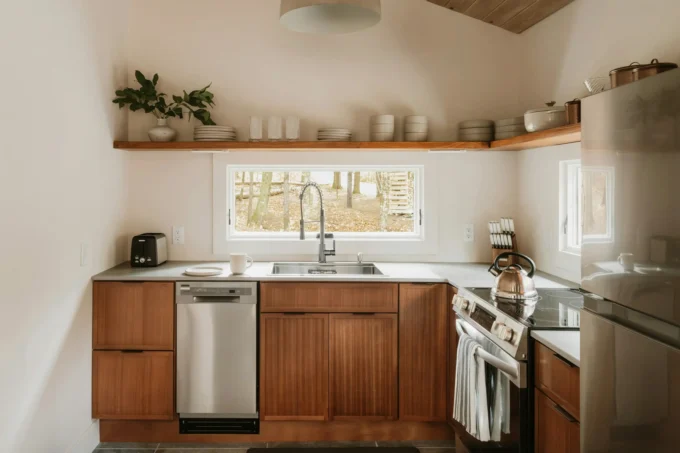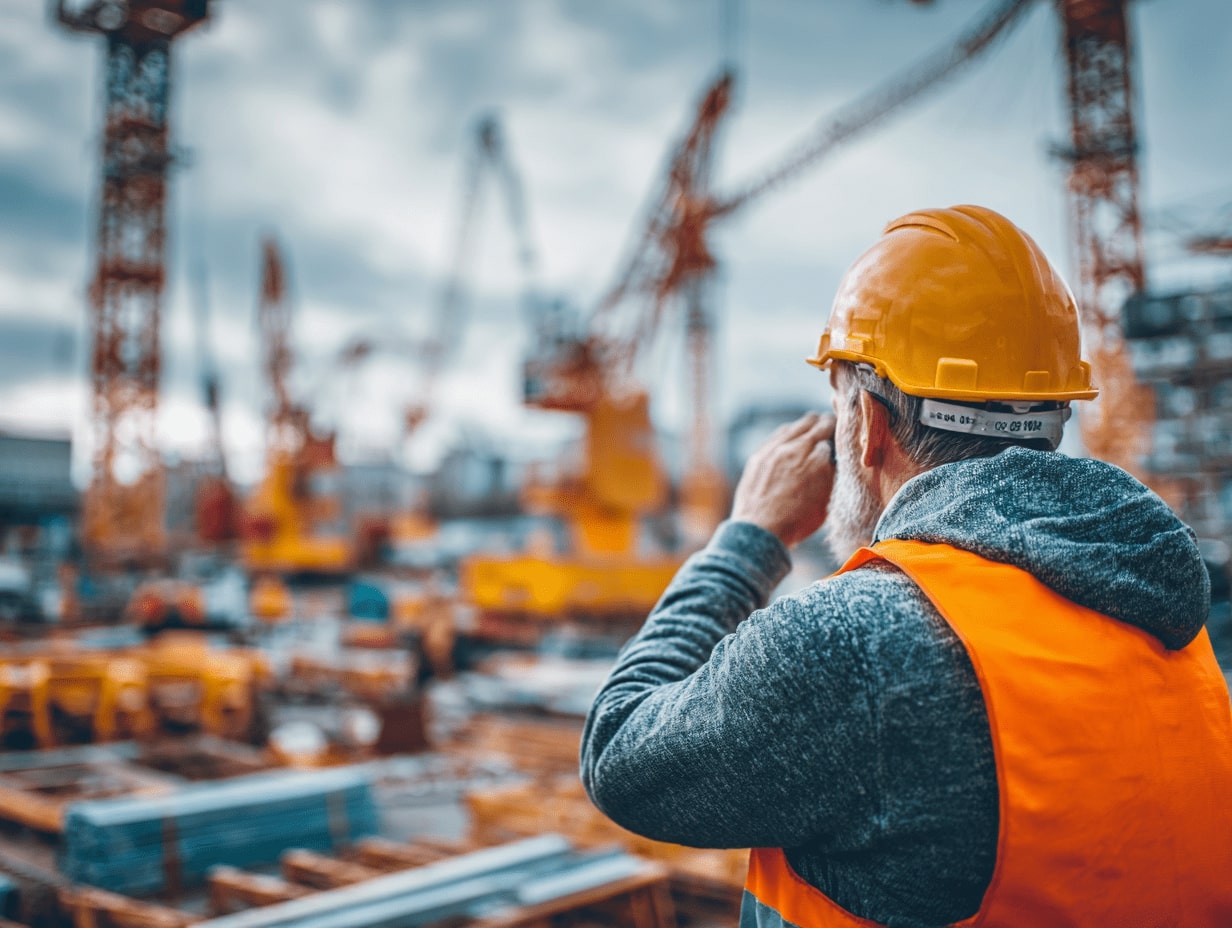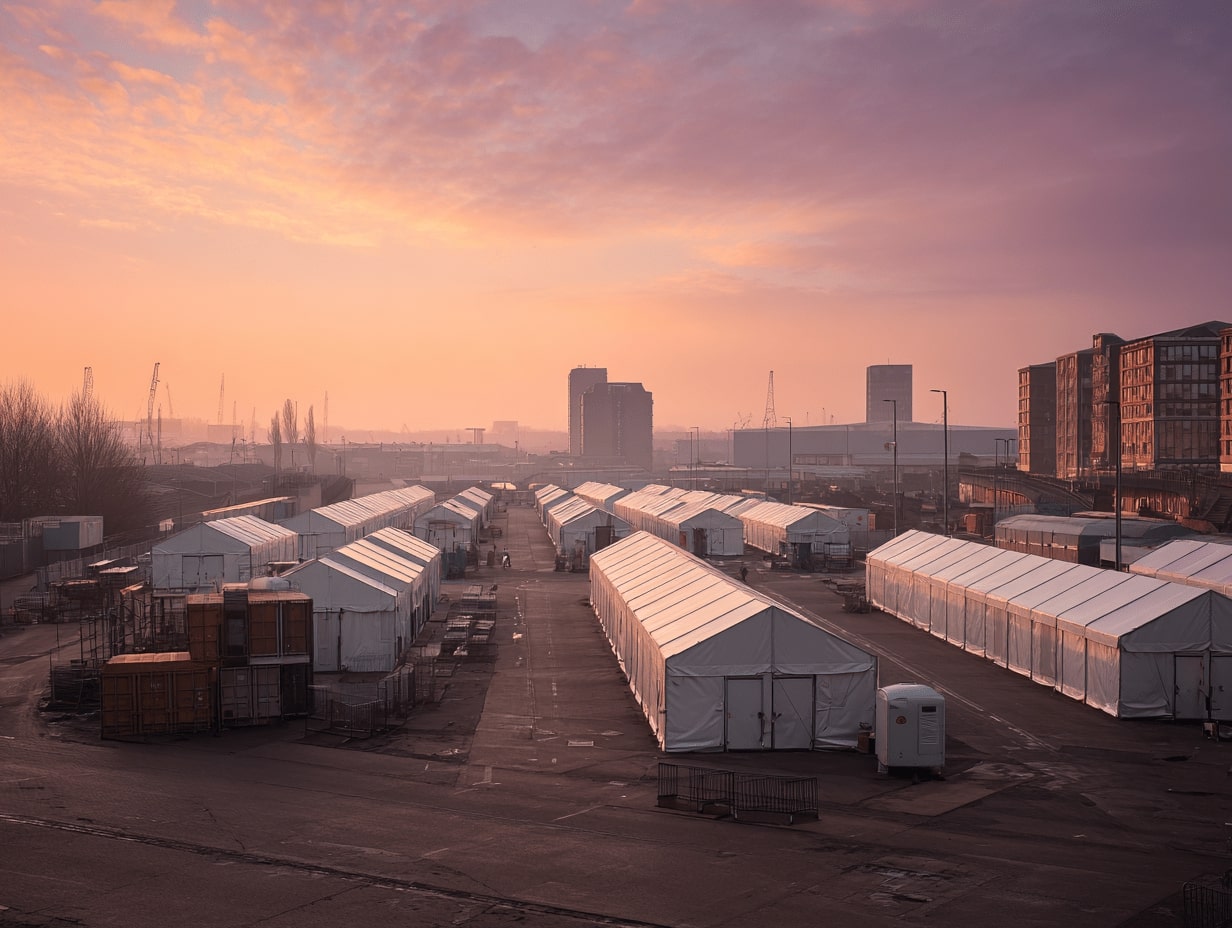- Home
- Articles
- Architectural Portfolio
- Architectral Presentation
- Inspirational Stories
- Architecture News
- Visualization
- BIM Industry
- Facade Design
- Parametric Design
- Career
- Landscape Architecture
- Construction
- Artificial Intelligence
- Sketching
- Design Softwares
- Diagrams
- Writing
- Architectural Tips
- Sustainability
- Courses
- Concept
- Technology
- History & Heritage
- Future of Architecture
- Guides & How-To
- Art & Culture
- Projects
- Interior Design
- Competitions
- Jobs
- Store
- Tools
- More
- Home
- Articles
- Architectural Portfolio
- Architectral Presentation
- Inspirational Stories
- Architecture News
- Visualization
- BIM Industry
- Facade Design
- Parametric Design
- Career
- Landscape Architecture
- Construction
- Artificial Intelligence
- Sketching
- Design Softwares
- Diagrams
- Writing
- Architectural Tips
- Sustainability
- Courses
- Concept
- Technology
- History & Heritage
- Future of Architecture
- Guides & How-To
- Art & Culture
- Projects
- Interior Design
- Competitions
- Jobs
- Store
- Tools
- More
Step-by-Step Guide to the Digitally Fabricated Homes Architecture Process
Discover how digitally fabricated homes are transforming architecture through advanced technologies like 3D printing, CNC machining, and robotics. Learn how these innovations enable sustainable, precise, and customizable building processes, overcoming challenges to shape a smarter, greener, and more efficient future in home design and construction.

Imagine a world where homes are designed and built with precision, speed, and sustainability in mind. That’s exactly what digitally fabricated architecture is making possible. By blending advanced technology with innovative design, we’re transforming the way homes are conceptualized and constructed, pushing the boundaries of traditional architecture.
Through digital fabrication, we’re able to turn complex architectural visions into reality with tools like 3D printing, CNC machines, and robotic systems. This process not only streamlines construction but also reduces waste and promotes eco-friendly practices. It’s a game-changer for how we think about building our living spaces.
As we explore the architecture process behind these cutting-edge homes, we’ll uncover how technology is reshaping design, materials, and construction methods. From concept to completion, the journey of digitally fabricated homes is paving the way for a smarter, more sustainable future. Let’s dive into this architectural revolution together.

Table of Contents
ToggleUnderstanding Digitally Fabricated Homes
Digitally fabricated homes represent a shift in architecture by integrating advanced technology into design and construction. These homes leverage digital tools to bring precision, efficiency, and sustainability to the building process.
What Are Digitally Fabricated Homes?
Digitally fabricated homes are residential structures created using computer-driven manufacturing techniques. These processes include 3D printing, CNC milling, and robotic assembly. Through these technologies, architects and builders generate and execute designs directly from digital models, eliminating manual errors and reducing construction timelines. Examples include 3D-printed concrete walls, CNC-cut timber frameworks, and robotic assembly of modular elements.
The Architecture Process of Digitally Fabricated Homes
The process of crafting digitally fabricated homes integrates advanced technology with innovative design workflows. This streamlined approach encompasses multiple phases to ensure precision, efficiency, and sustainability.
Design and Planning Phase
The design phase starts with creating detailed digital models. Architectural software like CAD and BIM to simulate structures and optimize layouts. Virtual testing during this phase identifies potential structural challenges and ensures design integrity. Integrating parametric modeling tools allows us to generate complex, adaptive forms efficiently. Precise digital plans reduce errors when transitioning to fabrication.
Material Selection and Testing
Material choice is critical for durability, cost-efficiency, and sustainability. Initial material tests analyze factors such as strength, flexibility, and compatibility with fabrication methods. For example, 3D-printed concrete offers structural resilience, while CNC-compatible timber ensures easy assembly. Software tools enable us to simulate how materials behave under real-world conditions, minimizing waste and enhancing performance.
Digital Fabrication Techniques
Digitally controlled technologies produce components with high accuracy. 3D printing builds elements layer by layer, ideal for walls and intricate designs. CNC milling precisely cuts timber or metal for frameworks and structural support. Robotic assembly automates the construction of modular systems, speeding up timelines. We use these techniques in tandem to achieve seamless integration between design and construction.

Technologies Driving Digital Fabrication
Digital fabrication relies on technologies that transform architecture by streamlining the design-to-construction process. Key innovations like 3D printing, CNC machining, and robotics enhance precision, reduce waste, and enable complex designs.
3D Printing
3D printing, also called additive manufacturing, builds architectural components by layering materials like concrete, polymers, or composites. This method enables the direct transformation of digital models into physical structures, drastically reducing material waste. For example, concrete 3D printing constructs walls and structural elements with precise geometry, saving time spent on traditional assembly. By employing scalable printers, we create everything from furniture to large-scale housing modules.
CNC Machining
CNC machining utilizes programmable tools to cut, drill, or shape building materials like wood, metal, and composites. This subtractive process ensures millimeter-level accuracy, resulting in precise components directly fabricated from digital designs. With CNC milling, we can produce complex shapes for frameworks and joinery, facilitating efficient assembly. For instance, in timber construction, CNC-cut beams and panels connect seamlessly, minimizing errors associated with manual cutting.
Robotics and Automation
Robotics and automation handle repetitive tasks in construction, ensuring speed and consistency. Automated systems assemble prefabricated elements, such as wall panels or modular units, improving construction timelines. Robots with precision tools handle intricate tasks like welding or material placement, especially in projects with complex geometries. For example, robotic arms apply precision when laying bricks or assembling steel reinforcements, enhancing structural integrity.

Challenges and Limitations
Digitally fabricated homes offer groundbreaking possibilities, but certain challenges and limitations affect their widespread adoption and efficiency. These issues span technical, financial, and environmental domains, impacting the overall process.
Technical Constraints
The technical complexity of digital fabrication technologies can present hurdles. High-resolution software like CAD and BIM requires skilled operators, and errors occur if input data is incorrect or incomplete. The precision of 3D printers and CNC machines depends heavily on consistent calibration, which can falter without regular updates or maintenance. Additionally, compatibility between different digital tools and machinery remains a concern, particularly when architects and fabricators use varying systems.
Cost and Accessibility
Initial investment costs for advanced digital fabrication equipment are significant, which restricts accessibility to larger organizations or well-funded projects. High-end 3D printers, CNC machines, and robotic systems cost hundreds of thousands of dollars, adding financial pressure. Even with scalable solutions, training professionals in operating these technologies adds to expenses. This financial barrier limits adoption in smaller-scale or individual residential projects.
Sustainability Concerns
Digitally fabricated homes promote sustainability through reduced material waste, but the sourcing and manufacturing of raw materials for 3D printing and other methods raise concerns. Materials like polymers or advanced composites sometimes rely on energy-intensive production processes, impacting overall eco-friendliness. Additionally, the disposal or recycling of digital fabrication by-products must be addressed to prevent environmental degradation.

Future Trends in Digitally Fabricated Architecture
Emerging trends in digitally fabricated architecture highlight advancements in automation, sustainability, and customization. These trends are reshaping how we approach building design and construction.
- Increased Use of AI and Generative Design
AI-driven tools and generative design algorithms are revolutionizing architectural workflows. AI optimizes layouts, structures, and resource allocation, while generative design enables the creation of intricate, performance-driven geometries tailored to specific project needs.
- Integration of Smart Materials
Smart materials, such as self-healing concrete and shape-memory alloys, are gaining prominence. These materials enhance durability and adaptability, aligning with sustainability goals and supporting advanced fabrication methods.
- Decentralized Construction with On-Site Fabrication
Portable 3D printers and smaller CNC machines allow on-site component production. This reduces logistical challenges, accelerates project timelines, and minimizes transportation-related emissions.

- Eco-Friendly Fabrication Technologies
Innovations in low-energy fabrication processes and biodegradable materials are addressing environmental concerns. For instance, researchers are developing 3D printing methods that use bio-based materials like wood derivatives or recycled plastics.
- Multi-Material and Hybrid Fabrication
Combining materials like concrete and engineered timber in a single fabrication process is becoming feasible. Hybrid fabrication improves structural efficiency and aesthetically blends traditional and digital architecture.
- Mass Customization Through Digital Fabrication
Advances in digital technologies enable cost-effective customization at scale. Homebuyers can personalize layouts, facades, and interior elements without impacting production efficiency.
- Collaboration Between Disciplines
Architects, engineers, and fabricators are integrating work processes through shared digital platforms like BIM. This streamlines communication, improves efficiency, and encourages multi-disciplinary innovation.
As the digital fabrication landscape evolves, these trends are positioning it as a cornerstone of future architecture.
Conclusion
Digitally fabricated homes are redefining architecture by integrating advanced technologies with innovative design and construction processes. These homes showcase efficiency and precision through tools like 3D printing, CNC machining, and robotics, enabling sustainable and customizable building approaches. Combining digital models with automated manufacturing reduces errors, accelerates timelines, and enhances material utilization, setting new standards for modern housing.
The evolution of digitally fabricated architecture highlights its untapped potential despite challenges like high upfront costs and technical complexities. Emerging trends in automation, AI-driven design, and sustainable materials continue to strengthen its role in reshaping construction. As we adopt these advancements, digitally fabricated homes offer a clear pathway toward smarter, greener, and highly functional architectural solutions.
- 3D Printed Homes
- advanced building techniques
- automated home building process
- custom home construction
- cutting-edge home construction
- digital fabrication architecture
- digital home designs
- Digitally fabricated homes
- home architecture process
- innovative home building
- modern home architecture
- prefab home architecture
- prefabricated homes guide
- Smart Home Architecture
- step by step home design
- sustainable home fabrication
- technology in home building
Submit your architectural projects
Follow these steps for submission your project. Submission FormLatest Posts
Why Legal Support Is Critical After a Serious Construction Accident
If you are dealing with a construction accident or have ever watched...
7 Common Myths Every Contractor Should Stop Believing
The construction landscape is a complicated place at the best of times,...
Automation in Construction: Why Human Safety Still Matters
Automation in construction can cut injuries, but new risks emerge. Learn practical...
The Beauty of Temporary Buildings: Why Ephemeral Architecture Captivates Us
Explore the beauty of temporary buildings with design principles, sustainable materials, and...












Leave a comment